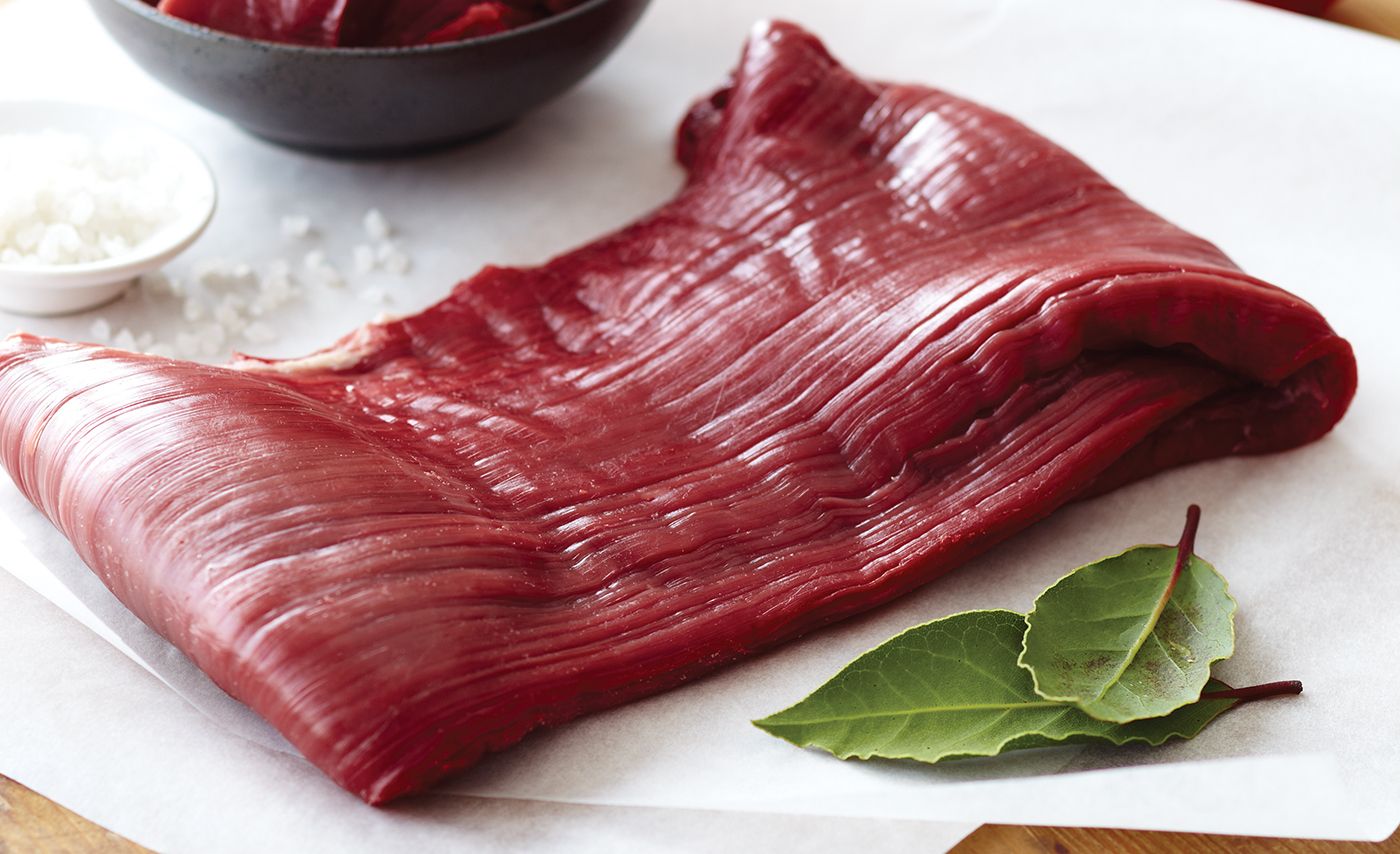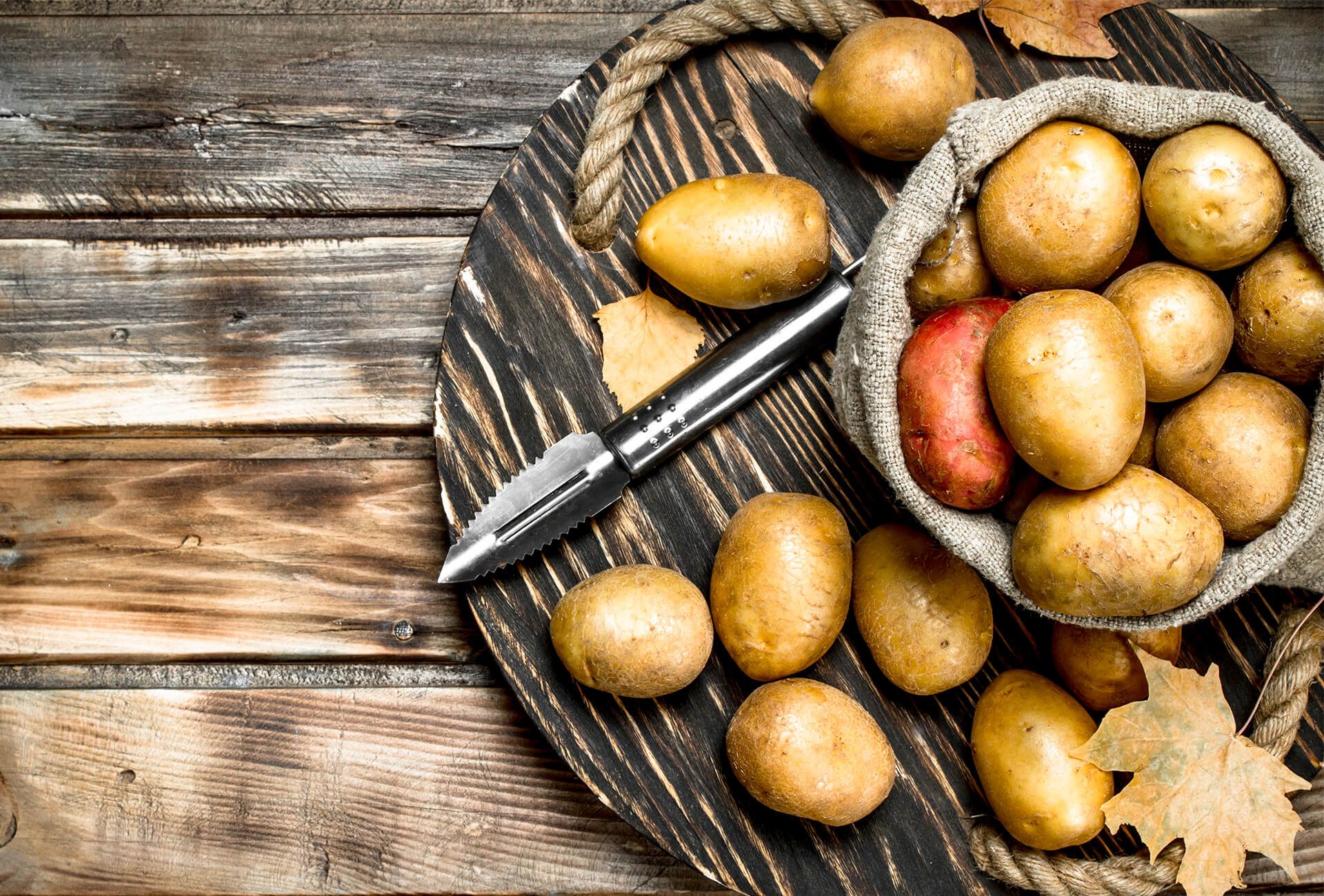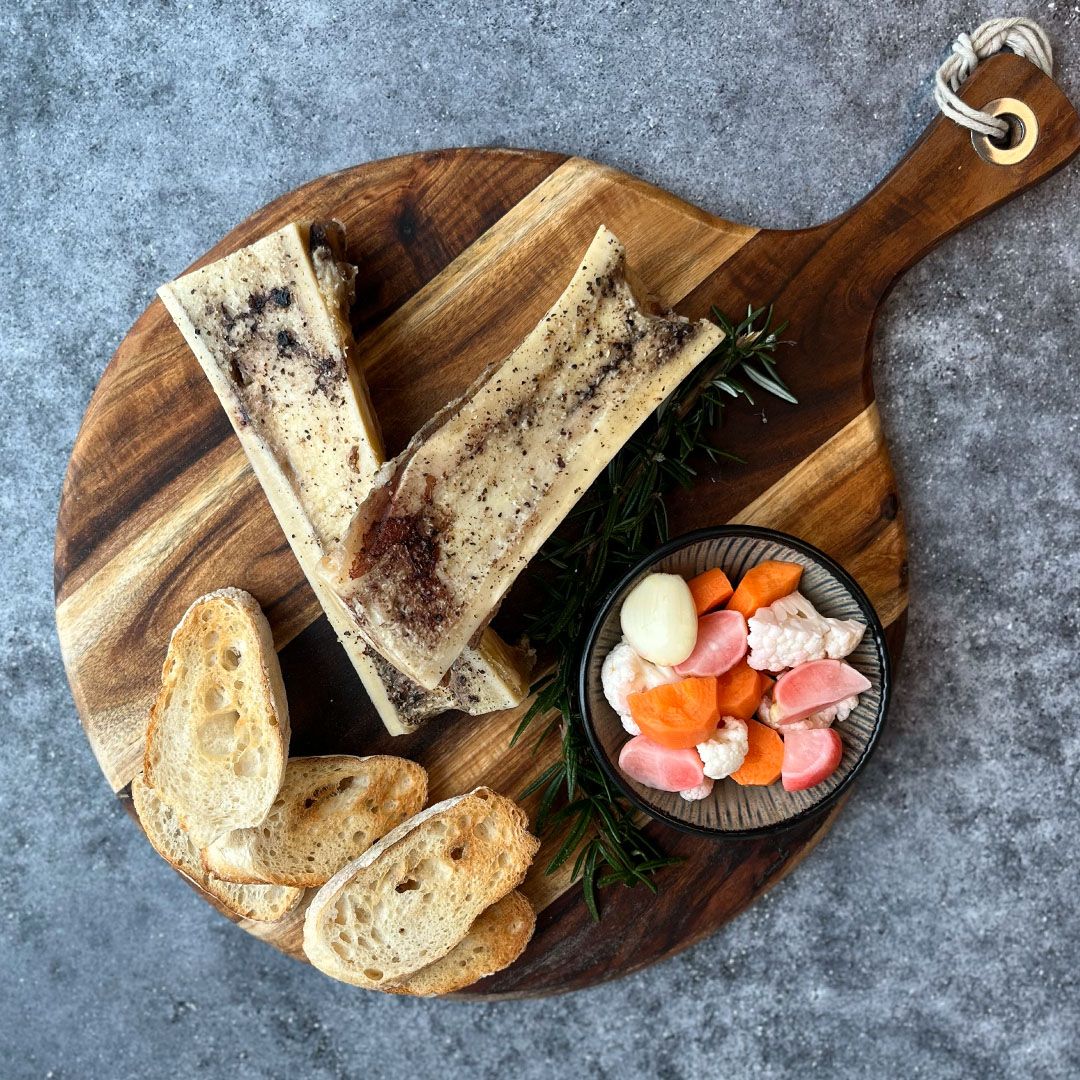Learn
| Ingredients | How to cook lamb fillet
How to cook lamb fillet
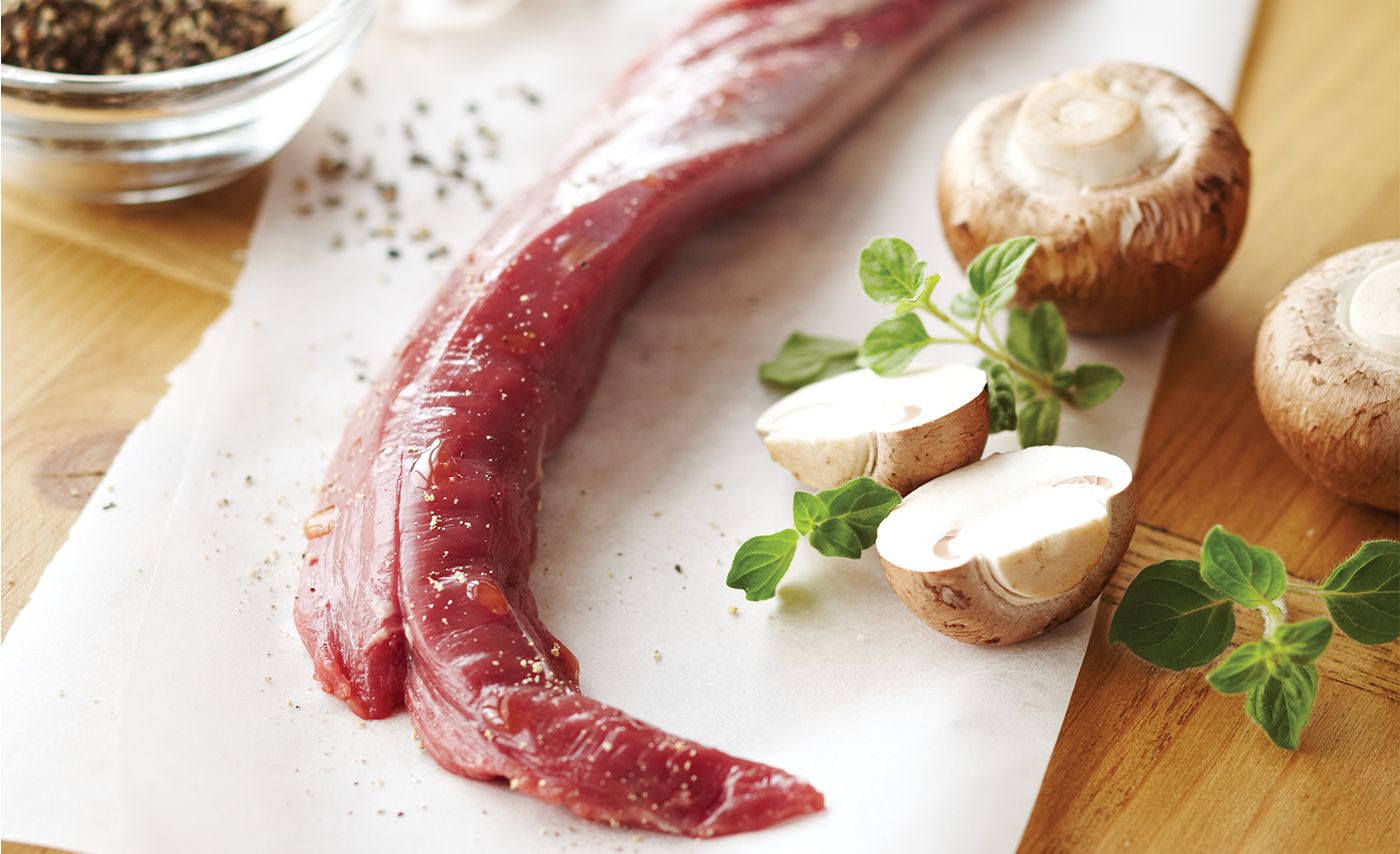
A lamb fillet is much like a good beef fillet, insofar that it is a tender cut that can be cooked whole or cut into slices (noisettes) and seared, grilled, or barbecued. Lamb fillet
has little connective tissue and does very little work, resulting in an extremely tender cut. Best served pink to preserve its succulent flavour, lamb fillet is versatile. It can take strong marinades, is delicious pan-roasted with butter and served with vegetables.
The cut
The fillet, or tenderloin, is prepared from a side of lamb by removing the muscle in one piece from the underside of the short loin. Because it comes from an area that does very little work, it has virtually no fat or connective tissue making it the most tender cut of lamb. Delicate in flavour the fillet suits gentle quick, dry cooking methods to retain its juiciness.
How to cook
Best cooking methods – Pan Fry, BBQ
Remove the lamb fillets from the refrigerator and let them reach room temperature in a shallow dish. Lamb fillets need high heat to sear properly. Placing cold fillets in a hot pan lowers the temperature of the oil too much, too fast, and interrupts the searing process. Pat the fillets dry with a paper towel and season lightly. If using a marinade, drain meat and blot lightly with a paper towel.
Preheat a heavy-based frying pan. It should be piping hot causing the meat to sizzle as it makes contact. Let the meat cook on one side until moisture appears, then turn. Bearing in mind this will vary depending on the thickness of the meat.
Cook the lamb fillet for 10 minutes for medium-rare to medium, depending on their thickness. If you prefer your lamb well-done, lower the heat to medium and cook the fillets for another four or five minutes. Remove the fillets and place them on a plate. Cover the lamb fillets loosely with foil and allow resting for 5 to 10 minutes before serving.
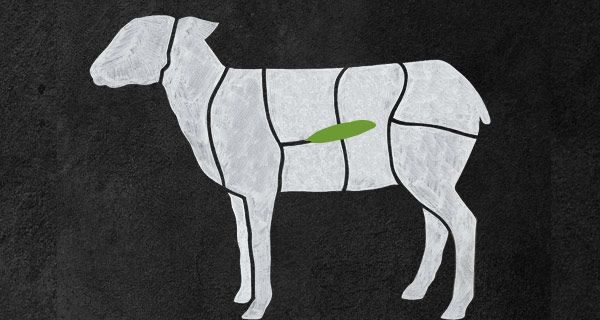
Nutritional information
Summary:
- Low Sodium
- Good source of Protein
- Good source of Vitamin B12
- Source of Iron
- Source of Zinc
Nutrient Composition:
Fillet, Raw, Lean (per 100g)
- Energy: 490kJ
- Energy: 116kcal
- Protein: 20.5g
- Total Fat: 3.8g
- Saturated Fat: 2.21g
- Polyunsaturated Fat: 0.53g
- Omega 3: 0.22g
- Monounsaturated Fat: 1.68g
- Cholesterol: 68.5mg
- Sodium: 49mg
- Iron: 1.63mg
- Zinc: 2.2mg
- Vitamin B12: 1.88ug
- Vitamin D3: 0.02ug
- Selenium: 5.0ug
Consider nutrition information of other ingredients added while cooking.
Source: New Zealand Food Composition Database 2019. New Zealand Food Composition Database Online Search. The New Zealand Institute for Plant & Food Research Limited and Ministry of Health. www.foodcomposition.co.nz/search/M1110

